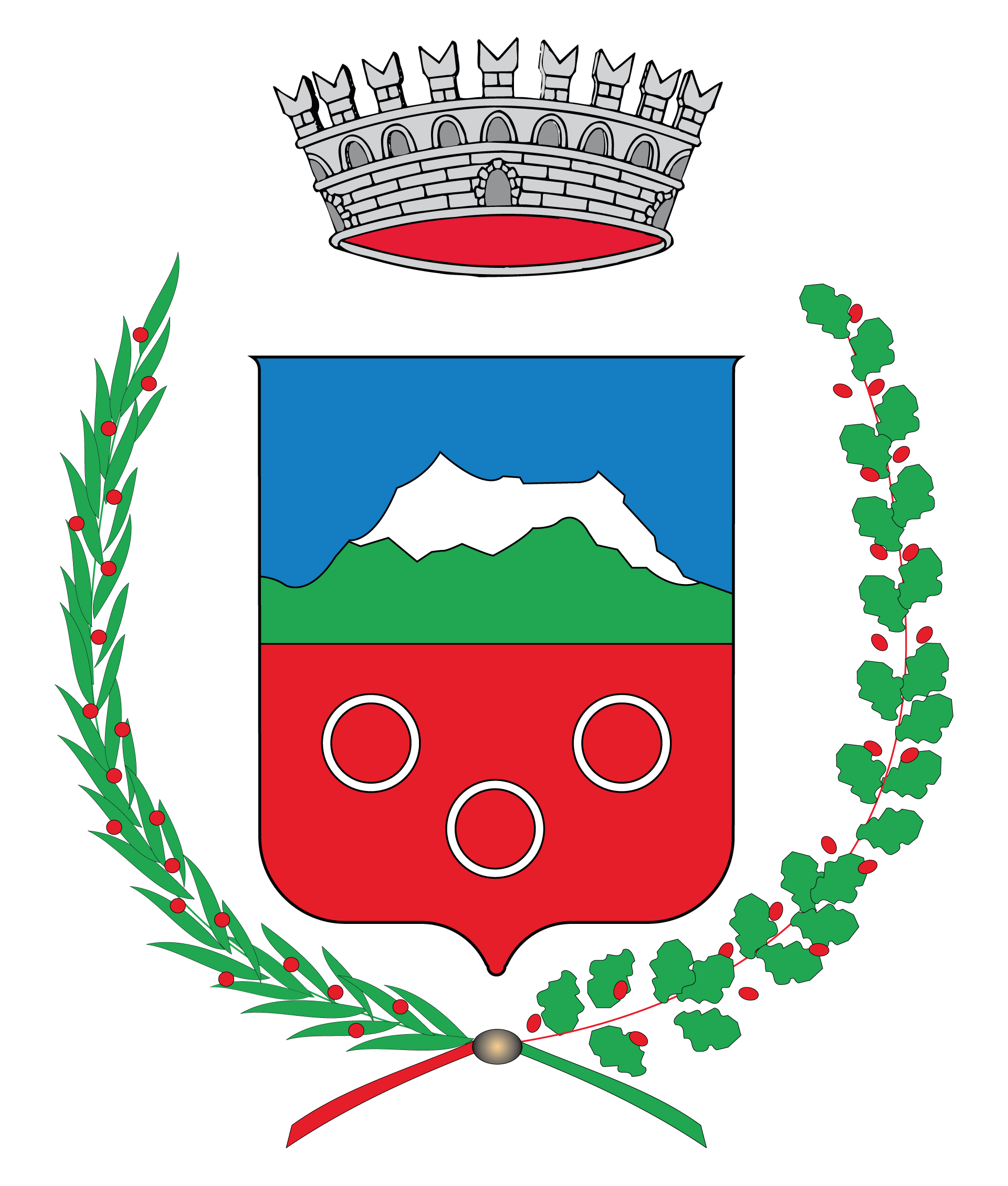Wine Tasting
What is wine tasting session?
A wine tasting session is an organized occasion where members sample various varieties of wine to gauge their traits. This experience permits individuals to savor the flavors, aromas, and textures of assorted wines, enhancing their appreciation and understanding of this complicated beverage.
Key Elements of a Wine Tasting Session
- Variety of Wines: A selection of wines is typically chosen based on a theme, region, or kind.
- Evaluation Criteria: Participants assess wines based mostly on sights, smells, tastes, and general impressions.
- Pairing with Food: Tastings usually embrace food pairings to highlight and complement the flavors of the wine.
- Educational Component: Wine tastings often embrace information about the wine’s origin, grape selection, and production strategies.
Steps in a Wine Tasting Session
- Look: Observe the wine’s shade and readability.
- Swirl: Swirl the wine in the glass to launch its aromas.
- Smell: Inhale the aromas to determine numerous scents.
- Taste: Take a sip and let the wine coat your mouth to discern its flavors.
- Reflect: Consider the end and your general impression of the wine.
Overall, a wine tasting session is not only about drinking wine; it is an immersive expertise that educates and enriches individuals’ data and enjoyment of wine.
Is wine tasting formal?
Wine tasting can range from formal to casual, depending on the context and setting. Here are some factors to assume about:
Formal Wine Tasting
- Structured Environment: Formal tastings usually happen in wineries or vineyards, where a educated host leads the experience.
- Specific Guidelines: Participants may be anticipated to observe sure protocols, such as utilizing particular glasses or observing guidelines of tasting.
- Tasting Notes: A formal tasting may embody taking detailed notes or assessments on aroma, flavor, and finish.
Informal Wine Tasting
- Casual Setting: These tastings might happen at home or informal gatherings with associates.
- Relaxed Approach: The ambiance is often more laid-back, with guests encouraged to share their impressions freely.
- No Rigid Structure: Informal tastings allow for spontaneity and personal preferences with out strict guidelines.
In abstract, whereas wine tasting could be formal, it isn’t at all times essential to stick to rigid guidelines or settings. It could be enjoyed in each structured and casual codecs relying on the event and the corporate.
What are the 5 ideas for wine tasting?
1. Observe the Color: Begin by inspecting the wine’s color and clarity. Tilt the glass barely and 부산부달 look in opposition to a white background to understand its hue, which may give insights into its age and grape selection.
2. Swirl the Wine: Gently swirl the wine in the glass to aerate it. This releases its aromas, permitting you to understand the bouquet and complexity of the wine.

3. Smell the Aromas: Take a moment to inhale the wine’s scents. Try to determine completely different aromas, corresponding to fruits, spices, or earthy notes. The olfactory expertise is a key a half of tasting wine.
4. Taste and Evaluate: Take a small sip and let the wine coat your palate. Pay consideration to its flavor profile, sweetness, acidity, and tannins. Consider how these components steadiness and evolve in your tongue.
5. Reflect and Take Notes: After tasting, take a moment to replicate on your experience. Write down your impressions, noting flavors, scents, and any private preferences. This will help you keep in mind your favorites for future reference.


